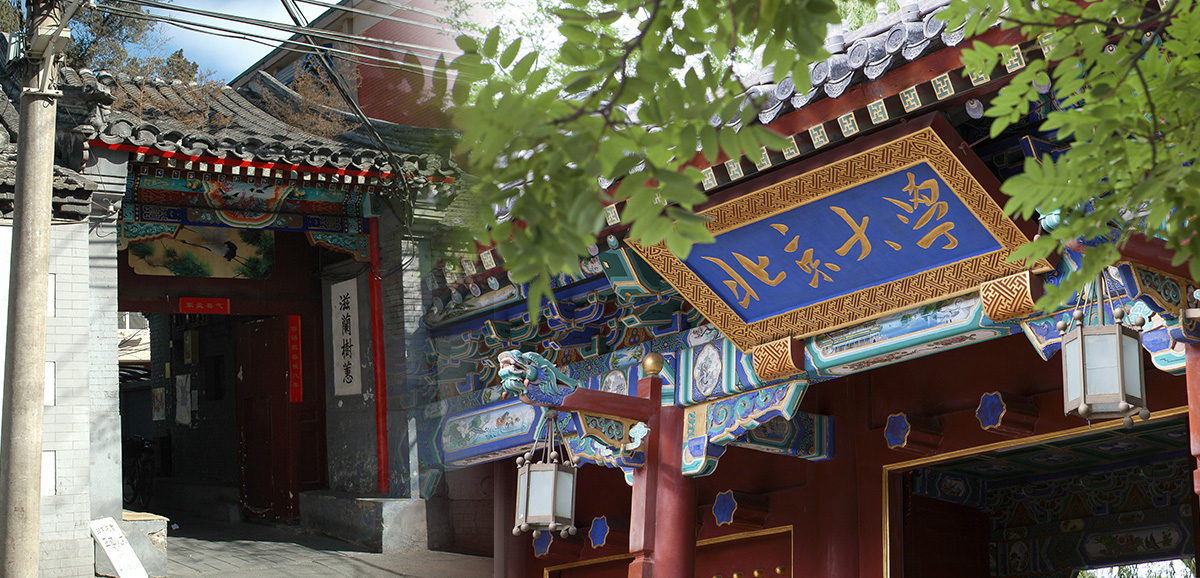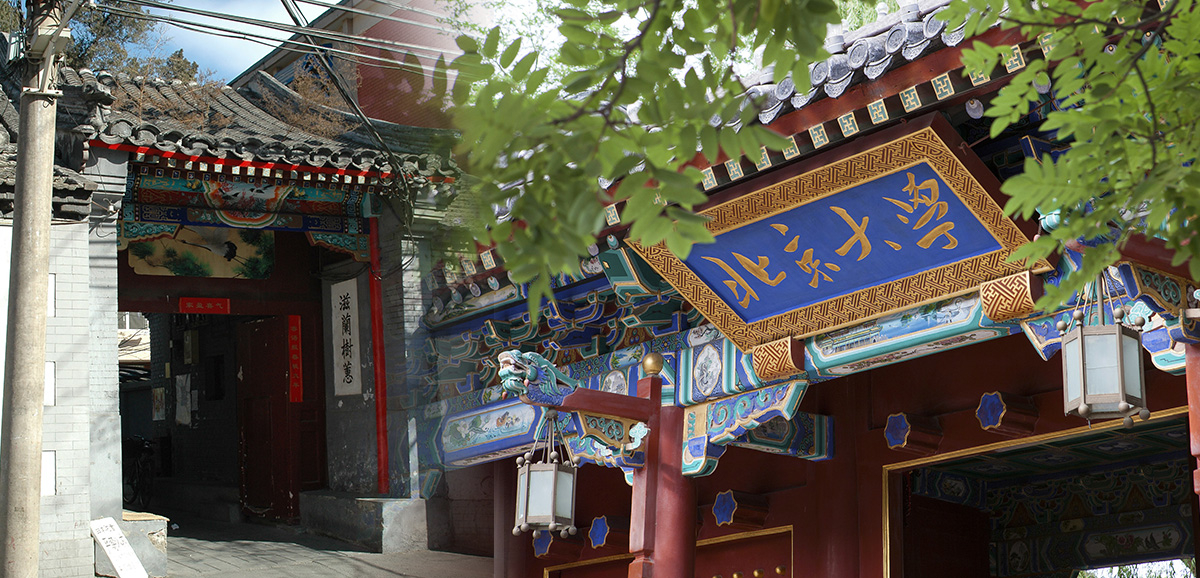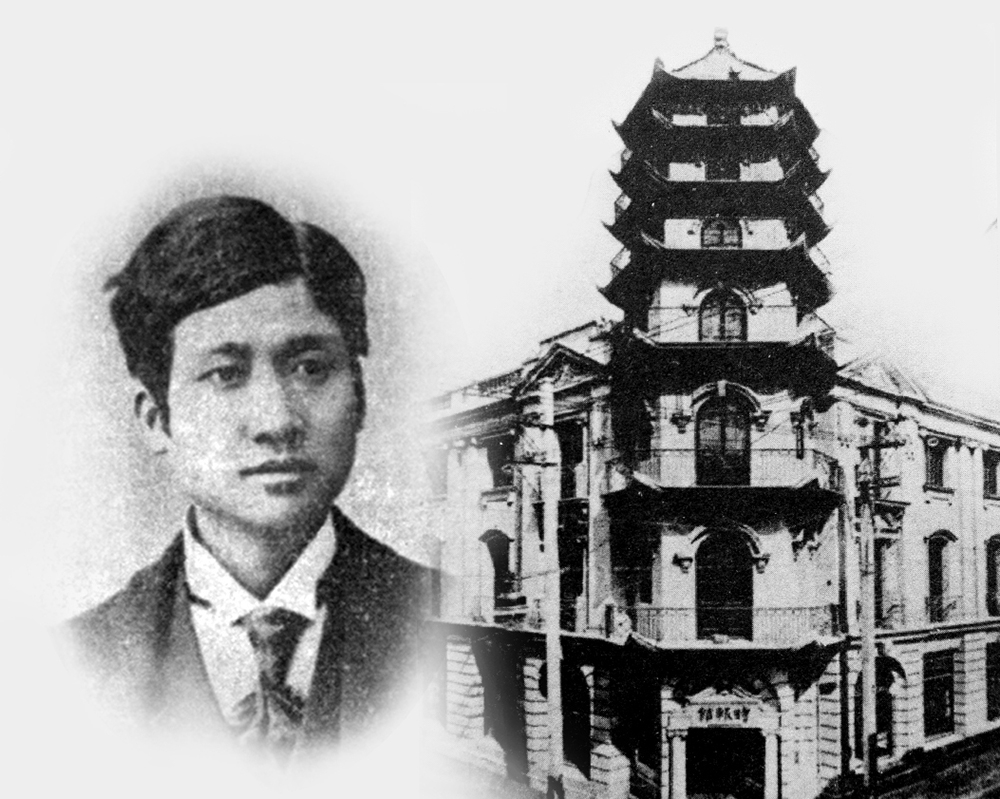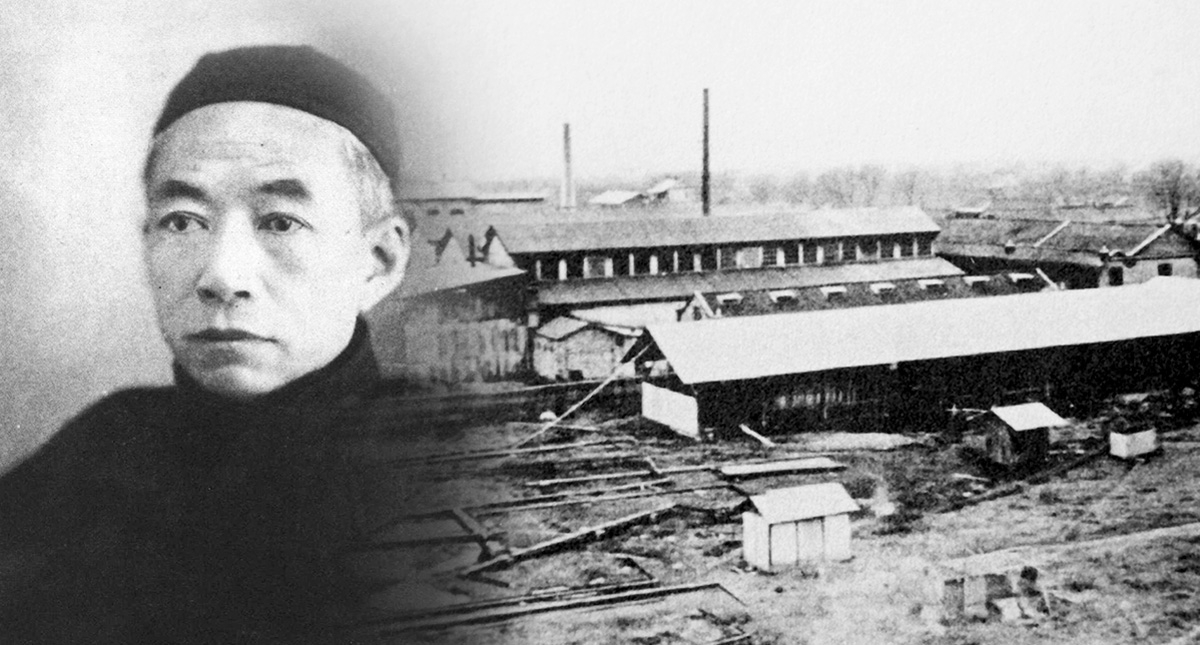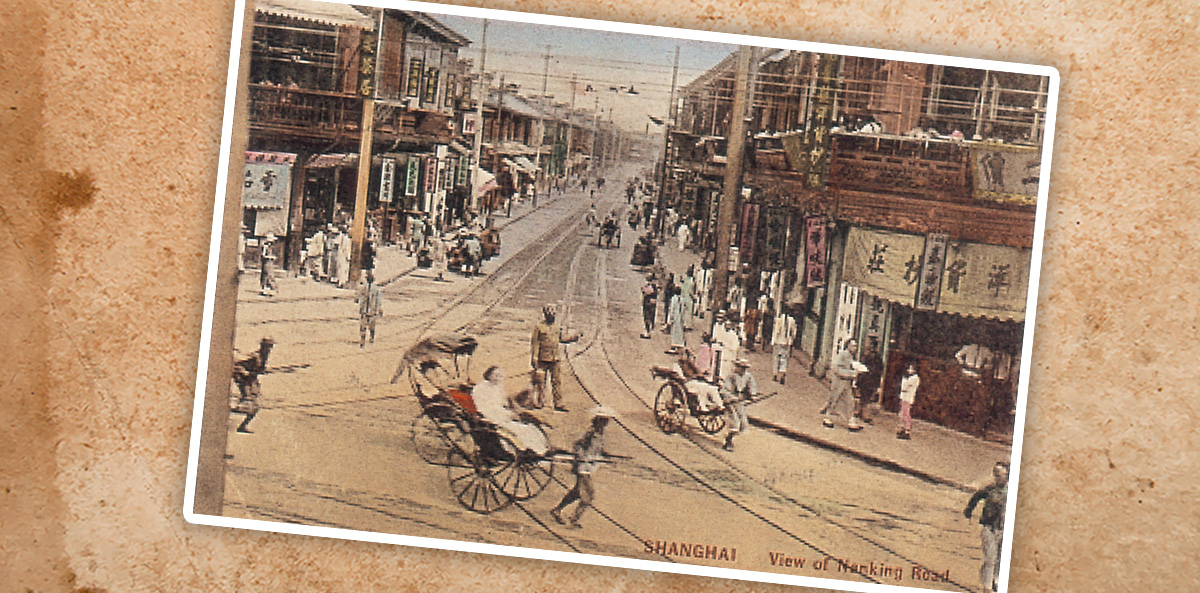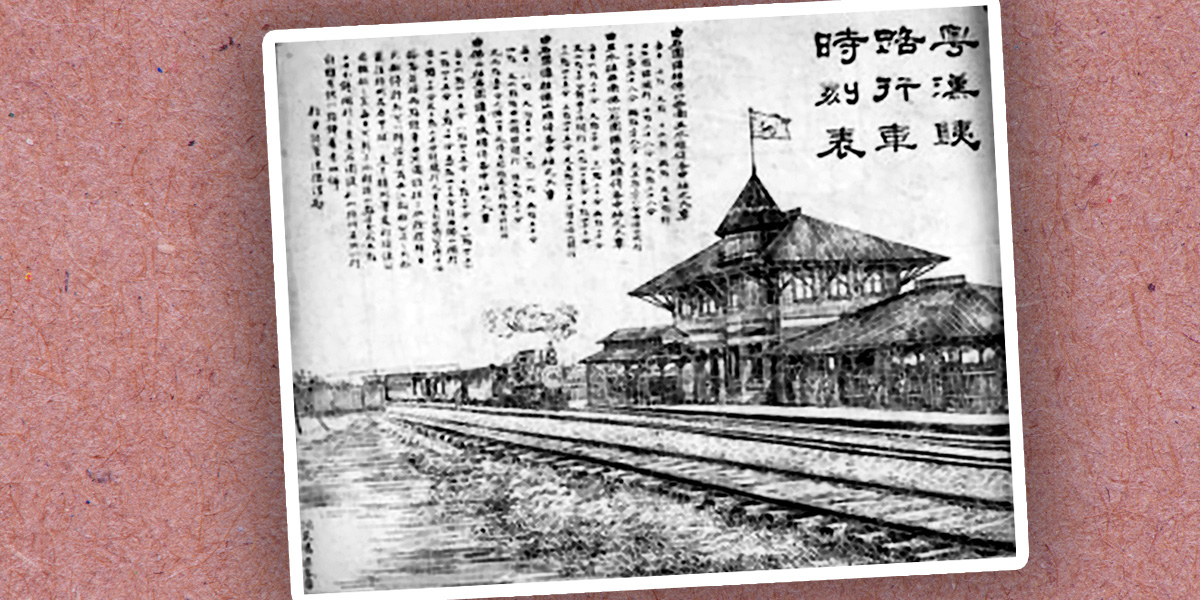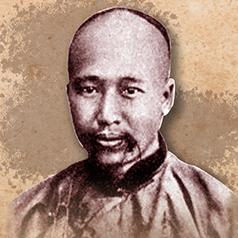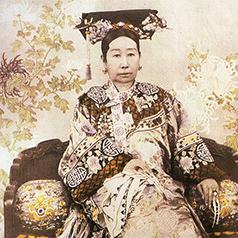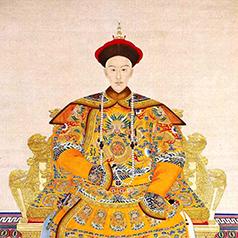The Hundred Days’ Reform - China’s second reform movement in the early modern era - came on the heels of the Self-strengthening Movement (洋務運動). While it was short-lived compared to its predecessor, it was nevertheless significant.
Born out of a desperation to save China from partition, the Hundred Days’ Reform was notable for its patriotism; also, being the first attempt to reform the political system, it was remarkably progressive. For China, the attempt to break with millennium-old patterns - transitioning from absolute monarchy to a constitutional monarchy, and from a peasant economy to a capitalist economy - were both unprecedented and revolutionary. Typically, such monumental changes tend to follow a certain course and pave the way for the next ones. It was not until 1901 that the Qing government launched a comprehensive reform on China’s political, economic, military, educational, and other systems, yet many of the reform measures echoed those of the Hundred Days’ Reform. Thus, it could be considered the forerunner of the 1901 Late Qing Reform. Moreover, while the Hundred Days’ Reform ended in failure, it inspired generations that followed, demonstrated the futility of top-down reform under absolute monarchy, confirmed that the regime was indeed beyond help and fuelled the later anti-Qing revolution initiated by Sun Yat-sen (孫中山) and other revolutionaries.
|
|
Japan and China are both Asian countries that were subjected to imperialist invasions in the early modern era. While both responded by reforming to modernise the country. Why did one succeed and the other fail? |
|
|
See answer below. |
Although the Hundred Days’ Reform failed, its achievements were by no means insignificant. One of its particularly important contributions to posterity was the Imperial University of Peking (京師大學堂), which luckily survived the Wuxu Coup (戊戌政變). Pictured is a 1901 group photo of the university’s faculty members.
The former site of the Imperial University of Peking and the West Gate of the modern-day Peking University (北京大學). The Imperial University of Peking was established during the Hundred Days’ Reform period. Later renamed Peking University, the institution wielded enormous influence in Chinese history. For more than a century, it has nurtured generations of social elites. To this day, it remains one of China’s top universities and influential as ever.
One of the objectives of the Hundred Days’ Reform was to open more channels for the public to voice and set great store by the publication sector. Even prior to the launch of the reform, the reformers’ influence had made running one’s own newspaper and publishing houses increasingly popular. Although the reform ended up being crushed, the publishing trend continued to thrive and contributed to the development of China’s press and publication industries in the early modern era. Pictured is Di Chuqing (狄楚青), a student of Kang Youwei (康有為), and the office building of Eastern Times (《時報》) during the early 20th century. In 1904, Di founded Eastern Times in Shanghai (上海) to serve as the primary mouthpiece of the Reformist Camp (維新派).
Photos of Zhang Yuanji (張元濟) and a branch of the Commercial Press (商務印書館) in Shanghai by the end of the Qing dynasty. Under the Hundred Days’ Reform, the growing enthusiasm for publishing promoted the development of China’s publishing sector during the early modern era. Zhang earned the rank of jinshi (進士), the highest and final degree in the imperial examination, and joined the government before becoming actively involved in the Hundred Days’ Reform. Dismissed from his post after the Wuxu Coup, Zhang devoted himself to running the Commercial Press. Under his management, the publishing business prospered and has remained influential to this day.
The late Qing entrepreneur Zhu Zhiyao (朱志堯) and his Qiuxin Machinery and Steamship Manufacturing Plant (求新製造機器輪船廠). Zhu and many entrepreneurs were encouraged by the Hundred Day’s Reform to spur industrial development. He supported the initiative and founded Gezhixinbao (《格致新報》), a journal on Western sciences, during the reform movement. In 1902, he founded the Qiuxin Machinery and Steamship Manufacturing Plant in Shanghai. In 1906, the plant commenced shipbuilding.
The Hundred Days’ Reform was supportive of commercial enterprises and advocated opening more treaty ports to foster trade. Many of these initiatives were carried out during the Late Qing Reform. Pictured is Nanking Road (南京路) of Shanghai by the end of the Qing dynasty. Back then, Shanghai was one of China’s major treaty ports.
The Hundred Days’ Reform attached great importance to railway building and advocated the construction of the Lu-Han (蘆漢), Yue-Han (粵漢), and Hu-Ning (滬寧) railways. The railway construction trend picked up steam during the last decade of the Qing dynasty. The Railway Protection Movement (保路運動), a movement centred on railway construction, became the event that set off the Xinhai Revolution (辛亥革命). Pictured is a train timetable of Yue-Han Railway in 1907.
A military drill during the late Qing dynasty. The Hundred Days’ Reform called for action from generals and local officials in weeding out superfluous and unqualified soldiers, advocated military modernisation, and the use of Western drilling routines. The military modernisation trend caught on after the reform movement and laid the groundwork for the comprehensive military reform in the last decade of the Qing dynasty. At the same time, the ideas of reform began to take root within the army. Starting from 1898, Qing soldiers began to organise their own learned societies. This was noteworthy as the Wuchang Uprising (武昌起義) in 1911 was sparked off by progressive military officers in the modernised army.
The Wuxu Coup brought more anti-Qing revolutionary activities. After the Wuxu Coup, Sun Yat-sen (孫中山) immediately formulated a new action plan and launched the Huizhou Uprising (惠州起義) in 1900. Pictured is a photo of Sun and his Japanese friends. The first figure from the right is Sun and the third figure from the left standing is Miyazaki Tōten.
Miyazaki Tōten was sympathetic to the reform and revolutionary movements in China. After the Wuxu Coup in 1898, he travelled to Hong Kong to escort Kang Youwei to Japan. He later became a long-time supporter of Sun Yat-sen after meeting him in 1897.
The Wuxu Coup also converted some members of the Reformist Camp into revolutionaries. This photo taken in Japan in spring 1901 shows Sun Yat-sen and some core members of the Independence Army (自立軍). From left to right are: Yau Lit (尢列), Tang Caichang’s (唐才常) younger brother Tang Caizhi (唐才質), Sun Yat-sen, Qin Lishan (秦力山), and Shen Xiangyun (沈翔雲). Tang Caizhi, Qin Lishan, and Shen Xiangyun used to be members of the Independence Army led by Tang Caichang. After their uprising failed in 1900, they joined the revolutionary forces under Sun. The Wuxu Coup curbed the forces in support of reforming the Qing government only to fuel the rise of the anti-Qing revolutionary forces.
|
|
Japan and China are both Asian countries that were subjected to imperialist invasions in the early modern era. While both responded by reforming to modernise the country. Why did one succeed and the other fail? |
|
|
This is a topic of considerable academic interest and drawing a simple conclusion is difficult. Here, we will simply provide a framework for discussion. 1. The situations of the two countries differed: Vast and populous, China had been under despotic rule far longer than any country, which came with its own deep-seated baggage; although Japan had also been governed by despotic regimes, it had an easier time in passing political reforms and promoting economic development for being a small island country. 2. Different leadership: the leadership of the Self-strengthening Movement lacked the vision for a holistic reform; for the Hundred Days’ Reform, while Emperor Guangxu (光緒) and the Reformist Camp tabled a better plan, they lacked the power to see it through and had few supporters as the masses were largely ignorant and uneducated; in Japan, not only did Emperor Meiji and his subjects have the de facto power to implement comprehensive reform, but their initiatives were also supported by Fukuzawa Yukichi and other leaders of enlightenment. 3. The two countries encountered different degrees of resistance: given the rampant corruption and vested interests in the Chinese government, powerful conservative forces obstructed the reform at every turn; in Japan, most of the conservative forces under the Bakufu government were crushed prior to the Meiji Restoration, so the reform could proceed unimpeded. 4. Different adversaries: between 1840 and 1898, China suffered a succession of foreign invasions. Its numerous military failures enabled the imperialist powers to cement their control over the country, limiting its options, and robbing it of its chance to start afresh; Japan, on the other hand, mainly had to contend with the American invasion. However, being preoccupied with civil war and territorial expansion in South America, the United States limited its interference in the East for a long time. |
Sources of most photos used in this feature piece: Fotoe (pictures 1-8, 10), Visual China Group (picture 2), misc. photo sources.




